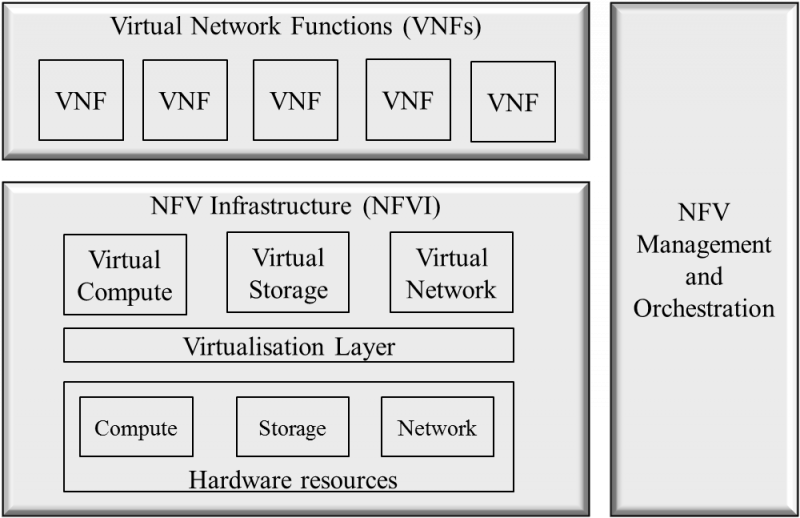In early 2013, our post on network “cloudification” announced the initial standards development in the field of network virtualization. In this post, I’ll summarize the first results of this process undertaken by the European Telecommunications Standards Institute (ETSI) to develop specifications related to virtualizing network functions.
benefits of network functions
The process’ main objective is to set up network software functions on a cloud-type virtualization infrastructure. This way, software can be run on any IT material and can be moved or reproduced in multiple network locations, as needed by users, without having to install new equipment.
The benefits of this process include:
- faster setup of new network services
- greater automation of network management features
- greater flexibility in using network resources
- reduced investment and operating costs for network material
Of course, these benefits have to be achieved while maintaining current levels of availability and performance recommended for telecoms networks.
ETSI’s work on international standards
In January 2013, ETSI created Network Functions Virtualization (NFV), an Industry Specification Group (ISG) intended to last for a period of two years. International experts representing nearly 170 companies (operators and manufacturers) from the telecoms and IT sectors are taking part in the group to establish the first specifications related to network “cloudification.”
ETSI’s NFV is primarily composed of three research groups, each of which is working on one of the following topics:
- infrastructure supporting network function virtualization
- software architecture of virtual network functions
- management and orchestration functions needed to set up a network service using virtual functions
Other multidisciplinary research groups are also working on priority topics including performance, reliability and security.

first round of specifications
In October 2013, ETSI published four initial specifications (NFV Group Specifications) providing a general framework for subsequent work. The general framework for the virtualization of network functions addresses the terminology, primary use cases, major requirements and an initial architectural framework.
Among the use cases included in the specifications are the virtualization of IP multimedia subsystem (IMS) functions, the Evolved Packet Core (EPC) of the mobile network and the Content Delivery Network (CDN). The NFV use cases are each described in terms of their respective interest and motivation, virtualization objectives, coexistence of virtual and non-virtual functions and main problems to be resolved.
Concerning the NFV architectural framework, it outlines the first architecture level divided into functional components and reference points based on the components shown in the figure below.
The architecture is comprised of:
- a layer of virtual network functions (VNFs)
- an infrastructure layer (processes, storage and network) in which functions are executed
- a transversal layer for management and orchestration
upcoming work and future prospects
ETSI NFV will now develop the details of the architectural components identified in the architectural framework and identify the functional requirements to be met by this architecture. ETSI NFV also began identifying open-source standards and initiatives (existing or emerging) that may help implement this architectural framework. The goal is to analyze the gap between these standards and the NFV requirements, and then identify any necessary upgrades for these standards.
Olivier Le Grand
In collaboration with Jamil Chawki

J'assure, depuis 2010, la coordination des activités de normalisation relative aux réseaux du futur au sein d’Orange Labs. Impliqué activement dans les travaux de normalisation du cloud, je suis depuis 2012 éditeur de la future norme concernant l’architecture du cloud menée conjointement par l’UIT-T et l’ISO/IEC JTC1.
De 2008 à 2012, j'ai présidé le groupe de travail de l’UIT-T relatif à la définition d’architectures pour les réseaux de nouvelle génération et IPTV.
J'ai travaillé pendant 10 ans dans le domaine des architectures de commande pour les réseaux à haut débit au sein d'Orange.